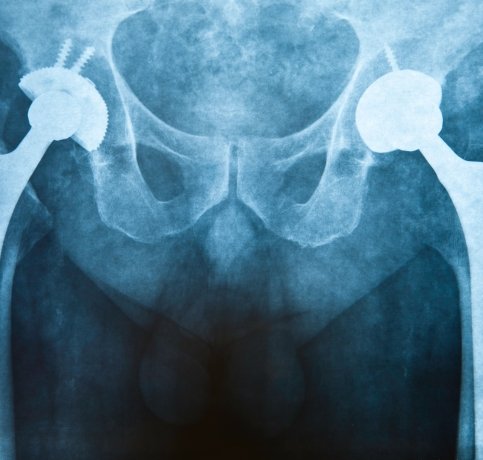Joint Replacement For Hip
Hip joint replacement, clinically termed as hip arthroplasty, is a procedure done to replace a patient’s damaged or aged hip joint with a prosthesis. This surgery is frequently advised for people who have extreme pain in the hip region, feel stiff, or are unable to move due to conditions such as osteoarthritis, rheumatoid arthritis, fractures, or other degenerative joint diseases.
TYPES OF HIP REPLACEMENT

Total Hip Replacement

Partial Hip Replacement

Hip Resurfacing
Materials Used For Implants
1
Metal-on-Plastic
A metal ball with a plastic socket is commonly used.
2
Ceramic-on-ceramic
Known for its impressive durability and easy movement.
3
Metal-on-Metal
Less common due to concerns about metal wear.
PROCEDURE
The procedure is done under general anaesthesia or spinal block anaesthesia.
STEP-1
Damaged bone and cartilage of the hip joint are surgically eliminated.
STEP-2
Both cement and press-fit methodologies are used to secure artificial implants to the bone.
STEP-3
Movements of joints are checked before closing the incision to ensure optimal functioning of the joint.
